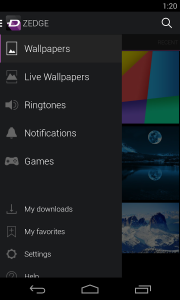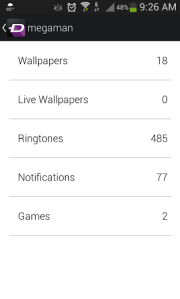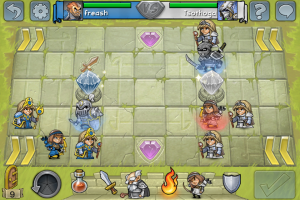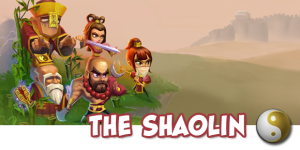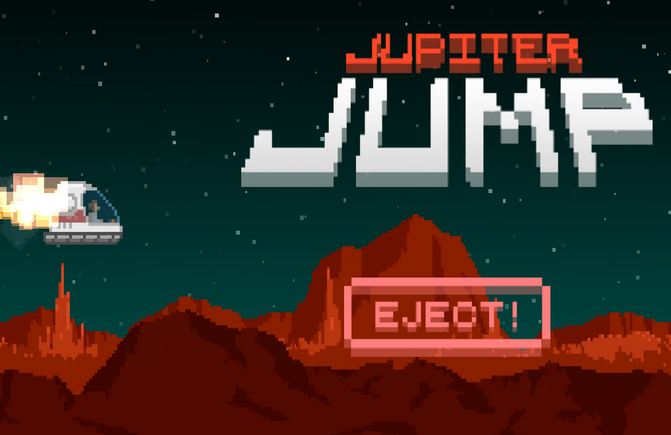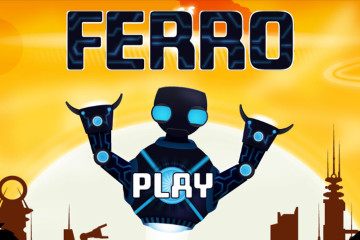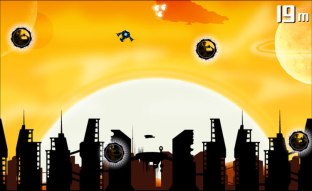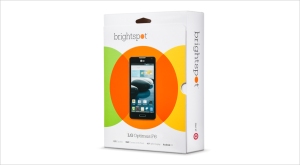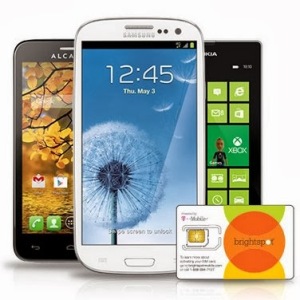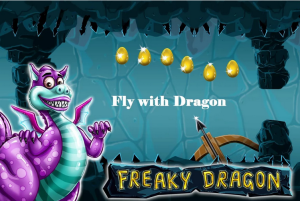I haven’t written about any games lately, and this is why: I got tired of wading through the immense amount of nonsense in order to find the one or two decent games hiding under the hundreds of tossed-together weekend creations.
And I’m not saying you can’t make a great game in one weekend, but most of what I see is effortless, pointless games that rip off popular games in an attempt to make a ton of money overnight.
I believe there are a ton of sincere, passionate developers out there. They’re just hard to find.
So I’m going back to writing about apps, but with a new sense of disillusionment. If you’re a genuinely passionate developer, and your apps mean more to you than a get-rich-quick scheme, please send them to me. I’d love to talk about them.
Thanks, and sorry for the rant.

